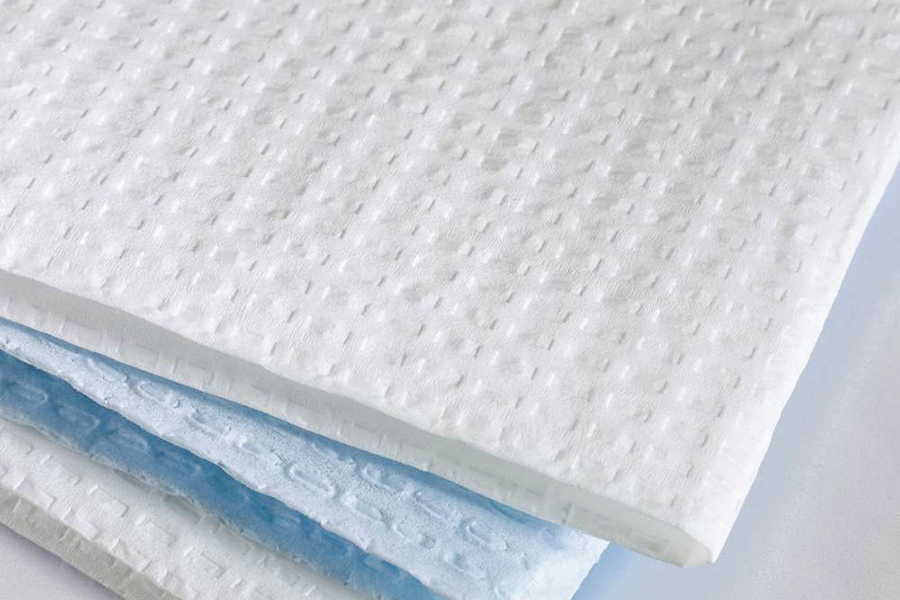Thermal stability is an important factor in determining the performance and usability of
hot air non-woven fabric. Hot air non-woven fabric is often used in applications where thermal resistance is crucial, such as in protective clothing, filtration systems, and automotive components. The impact of thermal stability on hot air non-woven fabric can be significant and can affect various aspects:
Temperature Resistance:
High thermal stability ensures that the fabric can withstand elevated temperatures without undergoing significant changes in its physical or chemical properties. This is particularly important in applications where the material will be exposed to hot air or other high-temperature environments.
Dimensional Stability:
Thermal stability is closely related to the dimensional stability of the fabric. A fabric that maintains its structure and shape at high temperatures is essential, especially in applications where precise dimensions are critical.
Performance in Processing:
Hot air non-woven fabrics are often produced using heat-based processes. The thermal stability of the fabric influences its performance during manufacturing processes, such as thermal bonding or hot air calendaring. A fabric with good thermal stability is more likely to maintain its integrity and desired properties during these processes.
End-Use Applications:
The intended applications of hot air non-woven fabric can vary, and thermal stability is crucial for meeting the requirements of specific end uses. For example, in protective clothing, thermal stability ensures that the fabric can provide adequate protection against heat and flames.
Durability and Longevity:
High thermal stability contributes to the durability and longevity of the fabric. A fabric that can withstand repeated exposure to high temperatures without degradation is likely to have a longer lifespan and better overall performance.
Safety Considerations:
In certain applications, such as protective gear or automotive components, the thermal stability of the fabric is critical for ensuring the safety of individuals and equipment. Fabrics with poor thermal stability may pose risks under high-temperature conditions.
Resistance to Chemical Reactions:
Thermal stability can also impact how the fabric reacts to chemical exposures at high temperatures. In some applications, the fabric may be exposed to both elevated temperatures and chemicals, so resistance to chemical reactions is essential for maintaining performance.
